Exosome Isolation and Purification Services
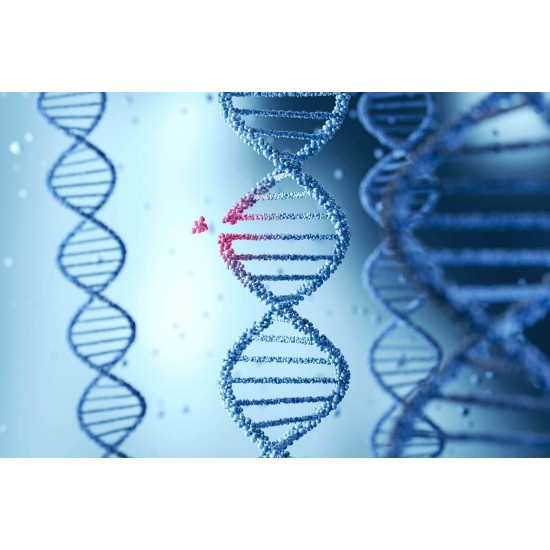
Service Details
Introduction
Exosomes are a type of extracellular vesicle naturally secreted by various cell types, characterized by a diameter ranging from 40 to 160 nm and possessing a bilayer lipid membrane structure. They are derived from outward blebbing of the plasma membrane and widely found in biological fluids, such as peripheral blood, ascites, urine, saliva, cerebrospinal fluid, and other body fluids. Exosomes transport a multitude of bioactive cargoes, including proteins, lipids, nucleic acids (DNA, RNA), and metabolites. They play a crucial role and proteins in exosomes have been revealed to participate in immune regulation, antigen presentation, cancer metastasis, tumor invasion, angiogenesis, and neurodevelopment. Therefore, with the advancement of exosome isolation techniques, there has been a growing interest in elucidating the intricate functions and applications of exosomes in the numerous physiological and pathological processes and hold great potential as early diagnostic markers for various diseases.
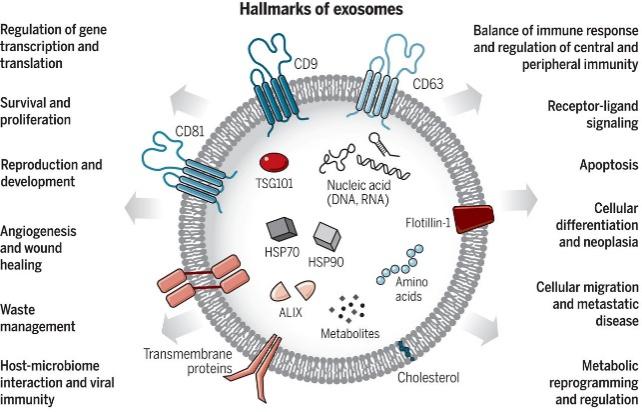 Figure 1. Exosomes: A cell-to-cell transit system in the human body with pleiotropic functions [1].
Figure 1. Exosomes: A cell-to-cell transit system in the human body with pleiotropic functions [1].
Our Exosome Service
Exosome isolation and purification essential and requires effective and precise extraction. Currently, various methodologies with high specificity and purity have been established. Based on the principle of their separation mechanism, these methods can be divided into three major categories: density, affinity, and size.
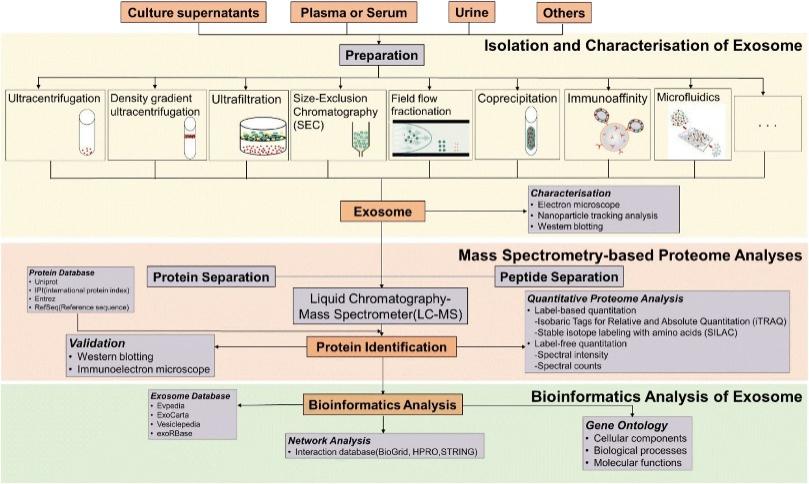 Figure 2. Overview of methods for exosome isolation and proteomic analysis [2].
Figure 2. Overview of methods for exosome isolation and proteomic analysis [2].
Hygiareagents is capable of conducting diverse exosome sample analyses. The extensive experience we have accumulated over the years enables us to provide a diverse range of exosome isolation and extraction protocols tailored to the specific characteristics of each sample.
The main isolation and purification protocols include:
1. Differential ultracentrifugation method (Current gold standard).
Suitable for large volume samples such as cell supernatant, lavage fluid, urine, etc.
2. Kits based on the principle of PEG precipitation.
Suitable for small volume samples such as plasma, serum, cerebrospinal fluid, etc.
3. Ultrafiltration extraction method.
Suitable for concentration of bacterial cultures or samples with low exosome.
Hygiareagents provides professional and comprehensive exosome panalysis to identify and quantify the proteins in the exosomes. Additionally, the application of MS analysis can be complemented by incorporating SILAC or iTRAQ/TMT labeling techniques to enhance the precision of relative quantitation between samples. We can also help you with biomarker discovery after interpreting data by powerful bioinformatics technique.
Technological superiority
- Professional detection and analysis capability: Experienced technical team, strict quality control system, together with ultra-high resolution detection system and professional data pre-processing and analysis capability, ensure reliable and accurate data.
- Reproducible: Obtain consistent and reproducible inter- and intra- assay results for data analysis.
- High specificity: Established optimized and stabilized exosome isolation and purification methods.
- Multiplex, high-throughput: Deeper coverage of exosome proteins.
- High resolution and sensitivity: Q-Exactive, Q-Exactive HF, Orbitrap Fusion™ Tribrid™.
Results Delivery
- Detailed report, including experiment procedures, parameters, etc.
- Raw data and data analysis results (database searching results and downstream bioinformatics analysis results, such as volcano plot, GO annotation, PCA, KEGG, Protein Interaction Networks, etc.)
How to place an order
At Hygiareagents, many excellent and experienced experts will optimize the experimental protocol according to your requirement and guarantee the high-quality results for identification of exosome proteins. Please feel free to contact us by email to discuss your specific needs. Our customer service representatives are available 24 hours a day, from Monday to Sunday.
FAQ
How to isolate and purify exosomes?
There are several current methods of exosome isolation, and it is not possible to specify which isolation method is better; each of them has its own advantages and disadvantages. The separation method needs to be selected according to the characteristics of the sample.
Table 1. Summary of current exosome isolation methods [3].
| Method | Mechanism of enrichment | Advantages | Limitations |
|---|---|---|---|
| Ultracentrifugation | Density | 1) Current gold standard; 2) Established protocol. | 1) Lengthy duration (>4 hr); 2) Large sample volume; 3) Requires ultracentrifuge; 4) Low recovery and purity. |
| Sucrose-gradient centrifugation | Density | 1) Current gold standard; 2) High purity. | 1) Lengthy duration (>4 hr); 2) Large sample volume; 3) Requires ultracentrifuge; 4) Low recovery. |
| Co-precipitation | Surface charge | 1) Easy and user-friendly processing. | 1) Lack specificity; 2) Difficulty in scaling. |
| Size-exclusion chromatography | Size and molecular weight | 1) High yield; 2) Wide variety of eluents. | 1) Lack specificity; 2) Difficulty in scaling. |
| Field flow fractionation | Size and molecular weight | 1) Broad separation range; 2) Wide variety of eluents. | 1) Lengthy duration; 2) Requires fractionation equipment. |
| Immunoaffinity enrichment | Affinity | 1) High specificity and purity. | 1) High cost; 2) Low field; 3) Limited use, depending on specificity of the antibody. |
| Microfluidic Filtering | Density and size | 1) Fast and low cost; 2) Convenient and easy to automate. | 1) Low throughout; 2) Complex device. |
| Polymer coprecipitation | Surface charge | 1) Easy and user-friendly processing. | 1) Lacks specificity; 2) difficulty in scaling. |
How to preserve exosomes?
If the study's intention is exosome morphological characteristics, proteins or other functions, it is advisable to utilize freshly isolated exosomes. The current consensus suggests that the optimal utilization of exosomes involves either immediate utilization post-extraction or cryopreservation at -80°C.
How to determine the authenticity of exosomes?
- Artificial exosomes are not exosomes.
- Lyophilized exosome cultures are not exosomes.
- Exosomes may not have strong repair and regeneration ability if they are not derived from stem cells.
- Exosomes in liquid form at room temperature do not have biological functional activity and need to be frozen and preserved to maintain its activity.

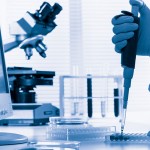
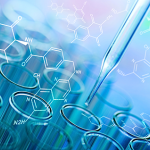
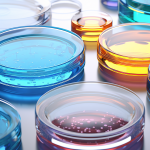
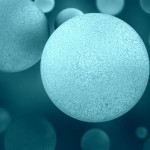
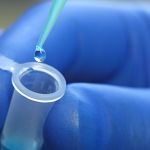
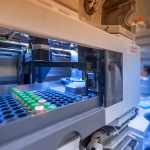
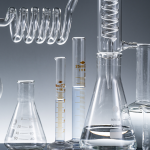
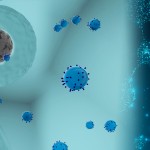





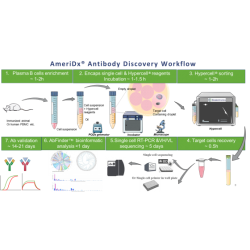
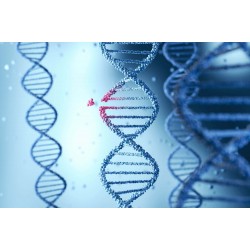
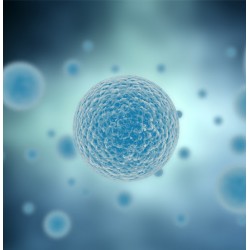
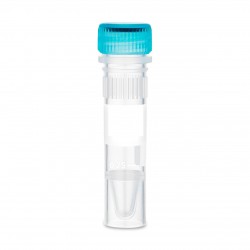

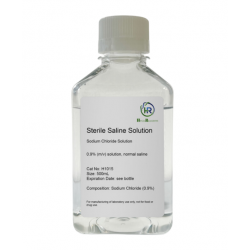
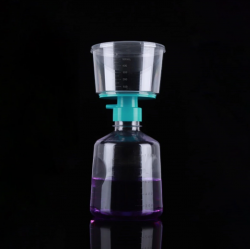
1-250x250.jpeg)
1-250x250.jpeg)